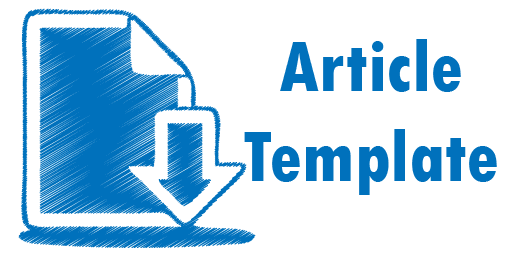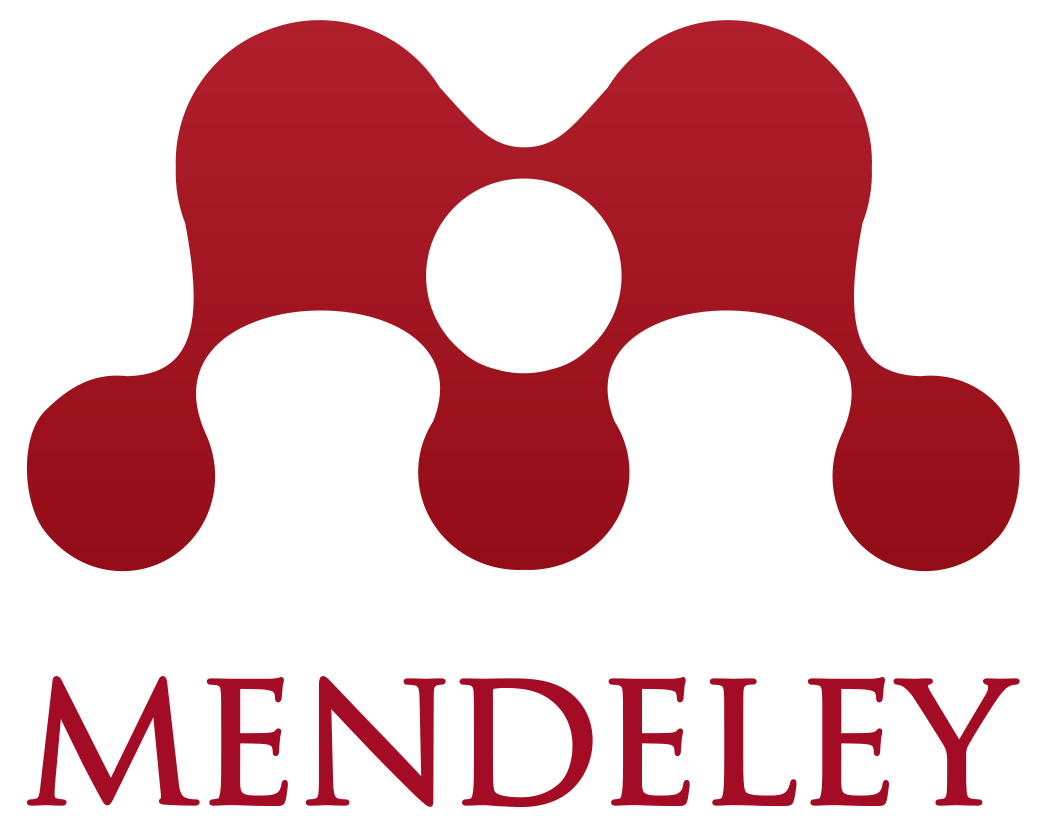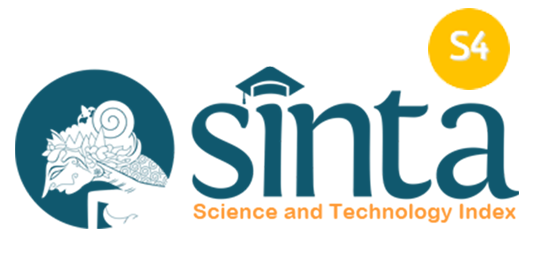Validity of Student Worksheets Based on Multiple Representations of Electrolyte and Non-Electrolyte Solution Materials
Abstract
Multiple representations can facilitate the understanding of abstract chemical concepts. Multiple representations can be incorporated into teaching materials, such as Student Worksheets, to create Multiple Representation-based Student Worksheets. This study aims to analyze the validity of Student Worksheets based on multiple representations of electrolyte and non-electrolyte solutions. The research utilized the Research and Development (R&D) model with the ADDIE (Analysis, Design, Development, Implementation, and Evaluation) development stages, reaching the development stage in this study. Data were obtained from material expert and media expert validators. Descriptive statistical analysis was used to analyze the validity results. The Student Worksheets based on multiple representations of electrolyte and non-electrolyte solution materials achieved an average validity percentage of 84.37% from material experts and 95% from media experts, categorizing them as very valid. These worksheets, focusing on the validity aspect, are effective in assisting students in understanding chemical concepts.
Keywords
Full Text:
PDFReferences
Astutik, T. P., Suhadi, I., & Effendy, E. (2017). Pengaruh urutan penyajian representasi dalam pembelajaran inkuiri terbimbing terhadap hasil belajar siswa. Seminar Nasional Kimia Dan Pembelajarannya, Jurusan Kimia FMIPA UM, 609–617.
Jannah, R., Rosilawati, I., & Fadiawati, N. (2017). Pengembangan lembar kerja siswa berbasis representasi kimia pada materi interaksi antar partikel. Jurnal Pendidikan dan Pembelajaran Kimia, 2010, 173–186.
Lestari, P. C., Miriam, S., & Misbah, M. (2021). Science literacy-based sound wave e-worksheet: Validity aspects. Journal of Physics: Conference Series, 2104 (1), 012010. IOP Publishing.
Mardiana, S., & Sumiyatun, S. (2017). Implementasi kurikulum 2013 dalam pembelajaran sejarah di sma negeri 1 metro. Historia, 5(1), 45. https://doi.org/10.24127/hj.v5i1.732
Maulani, R. N., Wati, M., Misbah, M., Dewantara, D., & Mahtari, S. (2018). The development of the PhET learning program's learning support worksheet. Prosiding Seminar Nasional Fisika (SNF), 2, 105-110.
Misbah, M., Dewantara, D., Hasan, S. M., & Annur, S. (2018). The development of student worksheet by using guided inquiry learning model to train student's scientific attitude. Unnes Science Education Journal, 7(1).
Muslimah, M. (2019). Pentingnya lkpd pada pendekatan scientific pembelajaran matematika. SHEs: Conference Series, 3(3), 9–25. https://doi.org/https://doi.org/10.20961/shes.v3i3.56958
Noor, A. Y. (2018). Pengembangan lembar kerja peserta didik (lkpd) berbasis multiple representasi pada materi hukum dasar kimia kelas x ipa sma negeri 1 sungai raya. Skripsi, Universitas Muhammadiyah 2018.
Rosidah, C. T., Sulistyawati, I., Fanani, A. A., & Pramulia, P. (2021). Lembar Kerja Peserta Didik (Lkpd) Pembelajaran Tematik Berbasis Tik: Ppm Bagi Guru Sd Hang Tuah X Sedati. BERNAS: Jurnal Pengabdian Kepada Masyarakat, 2(3), 660-666.
Sari, B. K. (2017). Desain pembelajaran model addie dan implementasinya dengan teknik jigsaw. Prosiding Seminar Nasional Pendidikan, 87–102.
Sugiyono, S. (2016). Metode penelitian pendidikan pendekatan kuantitatif, kualitatif, dan R&D. Bandung: Alfabeta.
Sunyono, S. (2015). Model pembelajaran multiple representasi pembelajaran empat fase dengan lima kegiatan: Orientasi, eksplorasi imajinatif, internalisasi, dan evaluasi. Yogyakarta: Media Akademi.
Syafril, S. (2019). Statistika pendidikan edisi pertama. Jakarta: Kencana.
Syahyani, I. (2018). Analisis miskonsepsi materi buku pelajaran biologi kelas xii untuk sekolah menengah atas. Inovasi Pendidikan, 5(2), 72–78.
Wahyuni, N., Hadi, W., & Adisahputra, A. (2019). Development of character-based thematic student worksheets. In 4th Annual International Seminar on Transformative Education and Educational Leadership (AISTEEL 2019), 415-419. Atlantis Press.
Wang, L., Hodges, G., & Lee, J. (2022). Connecting macroscopic, molecular, and symbolic representations with immersive technologies in high school chemistry: The case of redox reactions. Education
Sciences, 12(7), 428.
Wilis, J. (2013). Pola rujukan sumber acuan pada jurnal penelitian pertanian terakreditasi. Jurnal Perpustakaan Pertanian, 22(2), 45-49.
DOI: https://doi.org/10.20527/jmscedu.v4i1.11322
Refbacks
- There are currently no refbacks.

This work is licensed under a Creative Commons Attribution 4.0 International License.

Journal Of Mathematics Science and Computer Education is licensed under a Creative Commons Attribution-ShareAlike 4.0 International License.









.jpg)
1.png)

